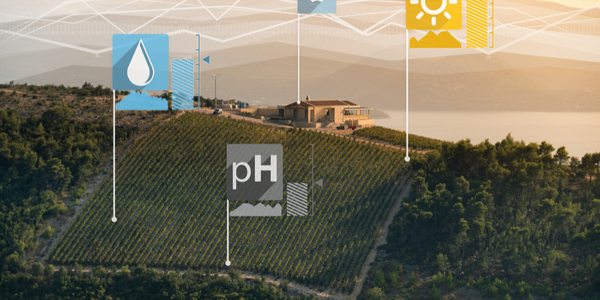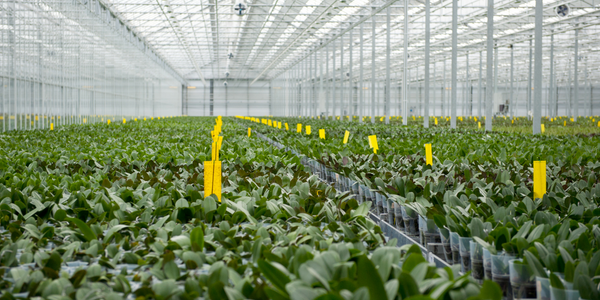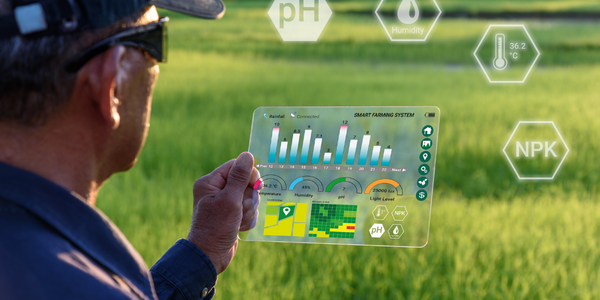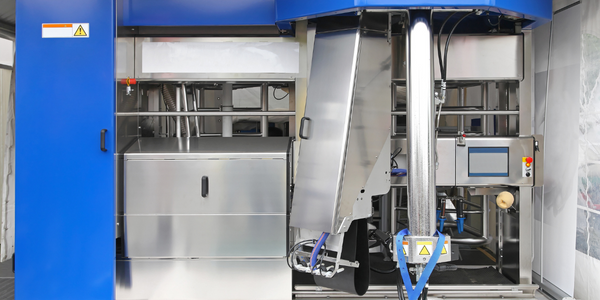Customer Company Size
Large Corporate
Region
- America
Country
- United States
Product
- Agworld
Tech Stack
- Data Visualization
- Field Mapping
Implementation Scale
- Enterprise-wide Deployment
Impact Metrics
- Productivity Improvements
- Cost Savings
Technology Category
- Application Infrastructure & Middleware - Data Visualization
Applicable Industries
- Agriculture
Applicable Functions
- Discrete Manufacturing
- Logistics & Transportation
Use Cases
- Farm Monitoring & Precision Farming
- Supply Chain Visibility
Services
- Data Science Services
About The Customer
Alturas Ranches is a diverse farming operation located in Alturas, Modoc county, North-eastern California. The ranch boasts 100,000 acres of rangeland used for running Angus cross cattle and Boer cross goats as well as a commercial hunting operation. In addition to rangeland, Alturas Ranches also has 30,000 acres of irrigated cultivation that is divided into 450 individual fields. The main crops grown at Alturas Ranches are a rotation of alfalfa, a range of grain varieties, and wild rice. The ranch has a workforce of 40 persons year-round, increasing to 80 in season.
The Challenge
Alturas Ranches, a diverse farming business in North-eastern California, was facing challenges with their data management. They used to use field averages for their seasonal reports, but the limited scope of the dataset available to them meant they were not able to use the data to influence their decision-making processes. The inaccuracy of the data, especially with alfalfa hay and using one stack yard for multiple fields, made them realize the need for a better dataset and the ability to extract solid intelligence from this dataset.
The Solution
To address their data management challenges, Alturas Ranches adopted Agworld in 2014. They equipped the farm directors and all supervisors with Agworld. The main feature that attracted them to Agworld was the ability to visualize their data. Agworld presents the information in a way that sparks inquisitiveness, rekindles memory, and naturally creates discussion among the crew. This visibility in Agworld made them more aware of how they were performing and where they might have to adjust. Agworld also helped them manage their logistics by understanding on a daily basis where their machinery is and what they are doing.
Operational Impact
Quantitative Benefit

Case Study missing?
Start adding your own!
Register with your work email and create a new case study profile for your business.
Related Case Studies.

Case Study
Intelligent Farming with ThingWorx Analytics
Z Farms was facing three challenges: costly irrigation systems with water as a limited resource, narrow optimal ranges of soil moisture for growth with difficult maintenance and farm operators could not simply turn on irrigation systems like a faucet.

Case Study
Greenhouse Intelligent Monitoring and Control Solution
Farming Orchids is the most successful form of precision farming in Taiwan, and also the most exported flower. Orchids need a specific temperature and humidity conditions to grow and bloom, and its flowering time may not be in line with market demands, so the price collapses when there is overproduction. Therefore, some farmers began to import automated greenhouse control systems for breeding and forcing, which not only improves quality, but also effectively controls the production period and yield to ensure revenue. In 2012, an orchid farmer built a Forcing Greenhouse of about 200 pings (approximately 661 Square Meters) in Tainan, Taiwan. The system integrator adopted Advantech’s APAX-5000 series programmable automation controllers to build the control platform, coupled with Advantech WebAccess HMI/SCADA software, to achieve cloud monitoring. The staff of the orchid field can monitor important data anytime via smart phone, iPad, and other handheld devices, and control the growth and flowering conditions. System requirements: In the past, most environmental control systems of orchid greenhouses in Taiwan used PLCs (Programmable Logic Controller) with poorscalability and control, and could not be connected to the Internet formonitoring from the cloud. For advanced database analysis and networking capability, the PC platform must be adopted. Therefore, PAC Systems (Programmable Automation Controller) with both PLC programming capabilities andPC functions is a better choice.The environmental control of the Orchid greenhouse switches on and off devices like fan, shade net, cooling/heat pump, liquid flow control, water-cooling wall etc. It is controlled by a control panel of electric controllers, and is driven by a motor, to adjust the greenhouse temperature, humidity, and other environmental conditions to the set parameters.

Case Study
Precision beekeeping with wireless temperature monitoring
Honeybees are insects of large economic value and provide a vital service to agriculture by pollinating a variety of crops. In addition, bees provide us with valuable products such as honey, beeswax, propolis, bee venom, etc. Monitoring of honeybee colony health, population, productivity, and environmental conditions affecting the colony health have always been exceedingly difficult tasks in apiculture. Research has shown that even small deviations (by more than 2°C) from the optimal temperatures have a significant influence on the development of the brood and the health of adult bees.

Case Study
Enabling Internet of Things Innovation in Agriculture
DigiBale, wanted to apply technology know-how and IP from implementations successfully to more agriculture sectors including cotton, forestry, sugarcane and cattle. However, farmers and growers still have worries about the connected technology.









